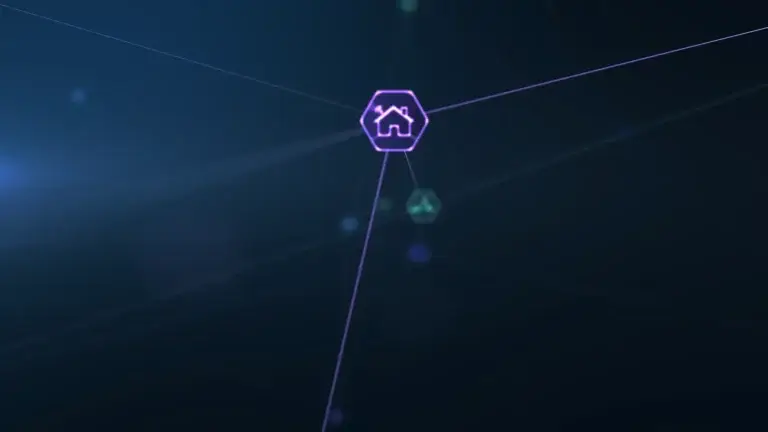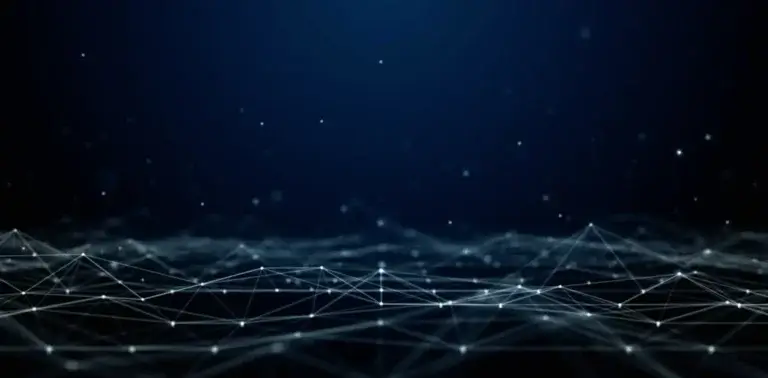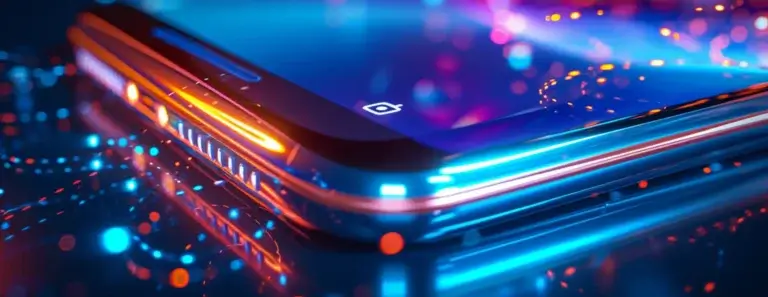Green Tech: how soon could Vehicle to Grid become a reality?
With electric vehicles on the rise, how soon will vehicle to grid become the norm?
The UK government recently announced that diesel and petrol car sales would be banned by 2040. While that’s quite some time away, this announcement highlighted a simple fact.
Electric cars are the future.
Despite any issues electric vehicles might have, industry experts are now looking into the future to make them viable and practical for everyone. One of the most interesting concepts directly related to this viability is Vehicle to Grid (V2G).
V2G will benefit both customers and the grid
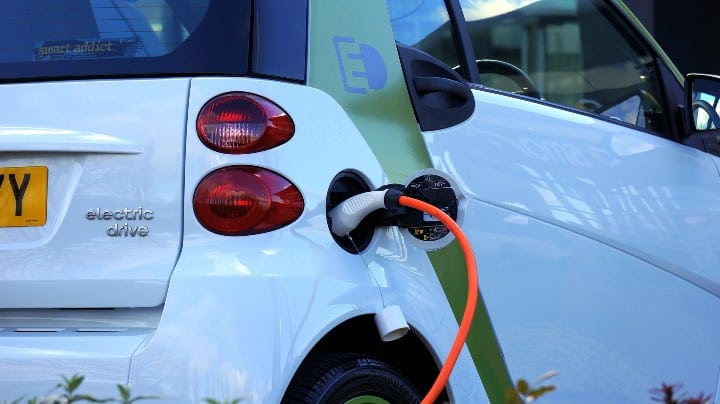
While electric cars are almost always more economical and less taxing to the environment to run, there are some situations where their efficiency could be vastly improved. For instance, by combining a charging station with a smart home system, owners could potentially charge electric vehicles when energy prices are low and renewable sources can be taken advantage of.
However, most cars are stationary for long periods of time, with their batteries doing nothing but holding a charge.
By combining smart chargers with V2G technology, the energy stored in electric vehicles can be redistributed to the grid in peak hours, easing some of the burden to the grid and potentially earning the vehicle’s owner money when their car is idle.
“The big commercialization opportunity [for EV Grid] is vehicle-grid integration because everybody knows if ten people on the block go out and buy a LEAF and they all plug it in at 6 p.m. when they get home, they’re going to have a problem.
“Many see this as a liability – but if you manage it properly, it becomes an asset”, said Tom Gage, founder of V2G-focused startup EV Grid¹.
The idea is really quite simple – though challenging to implement – as both the vehicles and the charging infrastructure need to be adapted to allow for current to safely flow in both directions.
Trials are already happening and they are positive
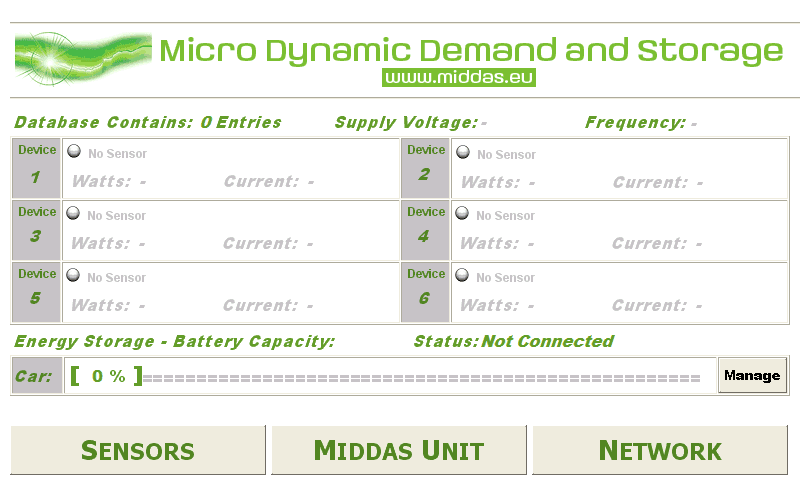
At ByteSnap, we have already worked on projects, including the pan European MiDDAS project which demonstrated the feasibility of using an electric vehicle as a smart grid controlled energy store.
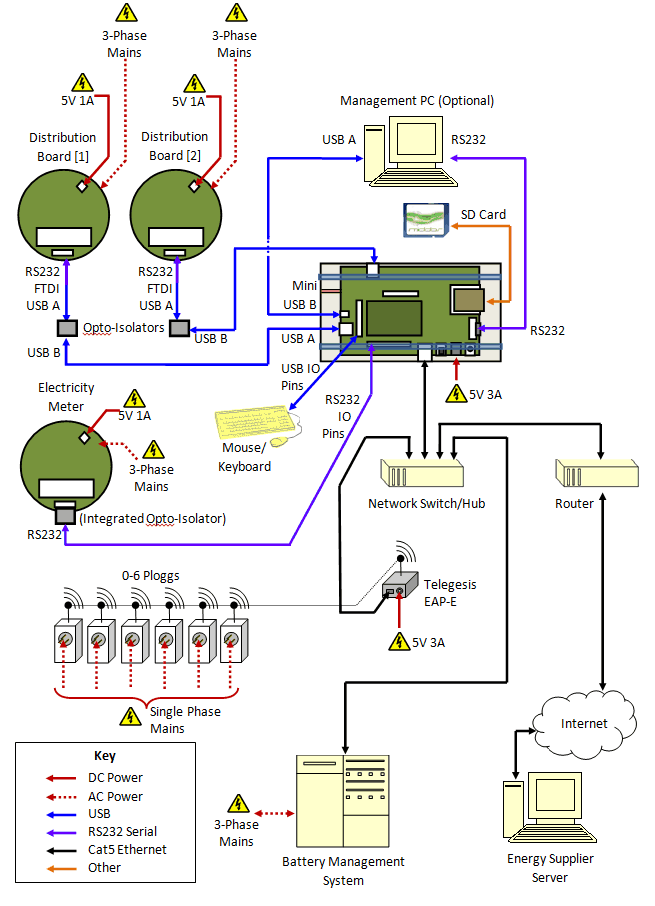
ByteSnap designed an intelligent controller (see above diagram) which used electricity tariff information, downloaded from a utility company, to switch on high consumption devices (e.g. a tumble dryer). The controller was also able to source power from a vehicle battery pack during peak demand periods and then charge the vehicle at times of low demand.
In the UK, the first-ever vehicle to grid trial started in 2016 in a partnership of Nissan and Enel, a multinational power company². 100 V2G units were installed in various locations, particularly those easily accessible by existing Nissan Leaf and e-NV200 owners.
The advent of vehicle to grid faces hurdles in marketing and acceptance as much as in technology. Electric vehicles already require a different state of mind than conventional cars/vans as the vehicles typically require daily fueling, have limited range, and are currently relatively expensive.
Adding more steps to that process while convincing potential new owners to convert to electric vehicles is most certainly a challenge, though there’s an attractive financial benefit for owners selling power back to the grid.
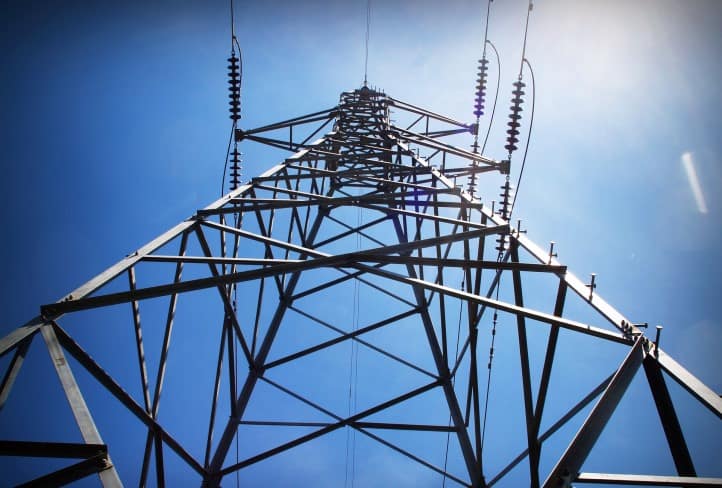
Currently, some owners of electric cars already use renewable energy resources at home such as solar panels, so they will already be aware of installation and running of a system that returns power to the grid.
Large-scale V2G installations are still a mere concept for the future but the expected rise in electric vehicles on the road will most certainly assist in turning it into a reality. While the Nissan/Enel trial is the only one in the UK, similar pilots have taken place in other European countries, such as the München-based Mobility House.
Reducing CO2 emissions and focusing on renewable energy will soon take priority
In the UK, energy supply is responsible for 40 percent of CO2 emissions while transport accounts for another 25 percent³. Electric vehicles are seen as a great first start, but their current state can most certainly be improved through applications like V2G.
Electric vehicles owners already enjoy healthy financial benefits over their petrol and diesel counterparts. For example, car tax for electric vehicles is exceedingly low or even non-existent – whereas other new cars with CO2 emissions of more than 130 g/km are automatically penalized4.
Of course, to reduce those CO2 emissions, more electric vehicles need to be on the road. For V2G to work in real-life situations, installations need a certain sense of scale.
At ByteSnap, we have experience of working for large EV charging projects – we developed new electronics and software for GE charging posts to meet LOCOG’s requirements for the Summer 2012 Olympic Games. Our control system solution for the posts was not only more economical than the original; it also included major new features (metering, GPRS and Ethernet backhaul to a management system and functional flexibility). ByteSnap has subsequently upgraded the posts to support OCPP.
Vehicle to grid units are currently more expensive to manufacture than standard charging units. For utility providers, it is only when V2G units are deployed on a massive scale that benefits will be apparent. We envisage that the UK government and potentially utilities may subsidise the installation of V2G chargers to stimulate demand, just as they did with standard charging points.
Conclusion
Looking into the future, V2G increasingly seems like a viable concept. With countries like the UK and France already vowing to ban petrol and diesel cars, a potential expansion of electric vehicles on the road certainly shows some promise.
In addition, the UK government recently promised to fund vehicle to grid projects from a £20M fund5. Such announcements at least demonstrate the potential of V2G for both the energy companies and the owners of electric vehicles.
While the future of V2G is ambiguous, there is certainly enough interest from both the private and public sectors that potential investors and electric vehicle owners should keep an eye out for it.
Further reading
1 https://www.greentechmedia.com/articles/read/startup-ev-grid-to-pioneer-vehicle-to-grid-technology
3 http://gow.epsrc.ac.uk/NGBOViewGrant.aspx?GrantRef=EP/L001063/1
4 http://www.nextgreencar.com/electric-cars/buying-guide/tax/
5 https://www.theguardian.com/business/2017/jul/07/uk-fund-research-electric-cars-return-power-grid

